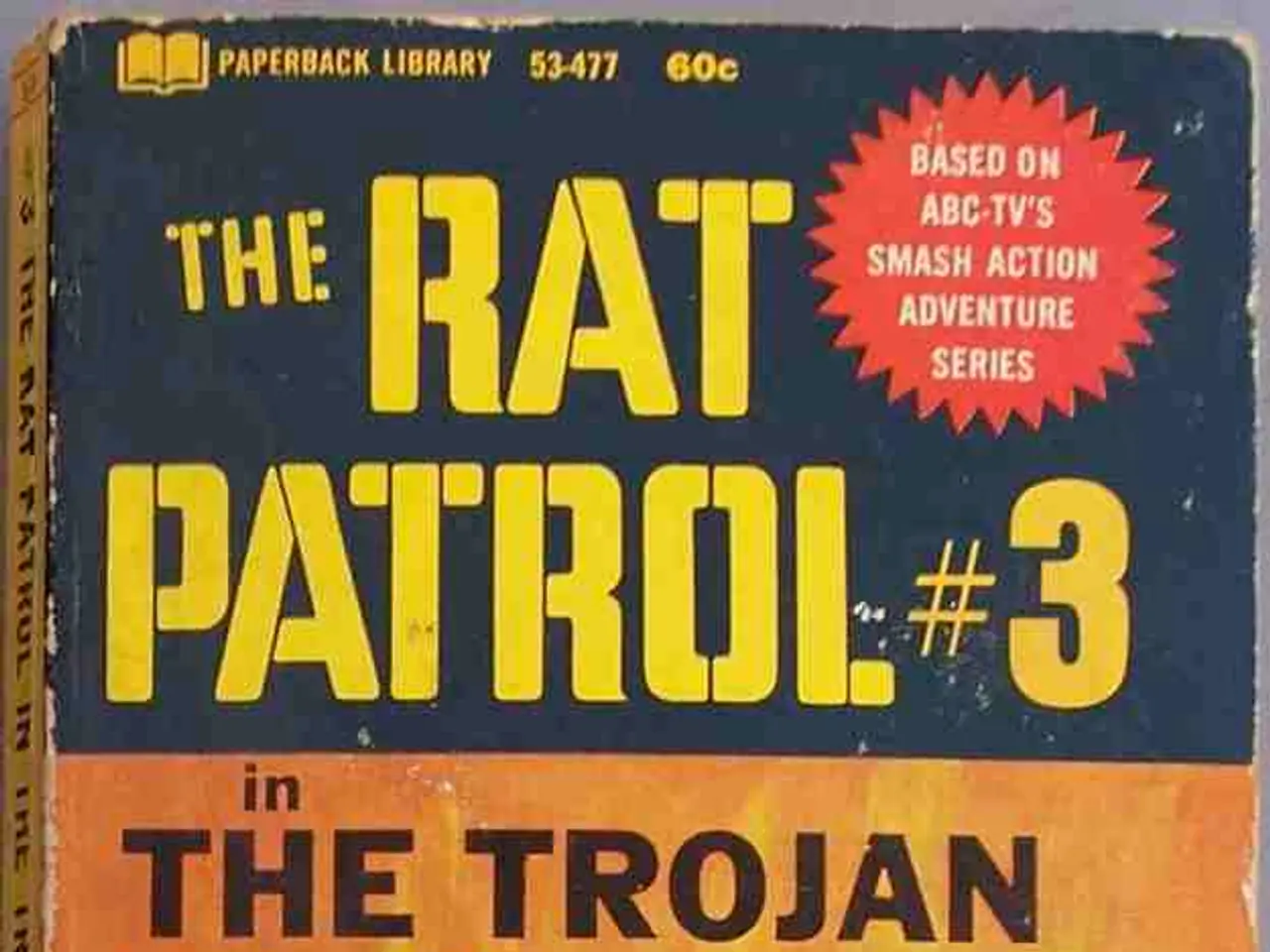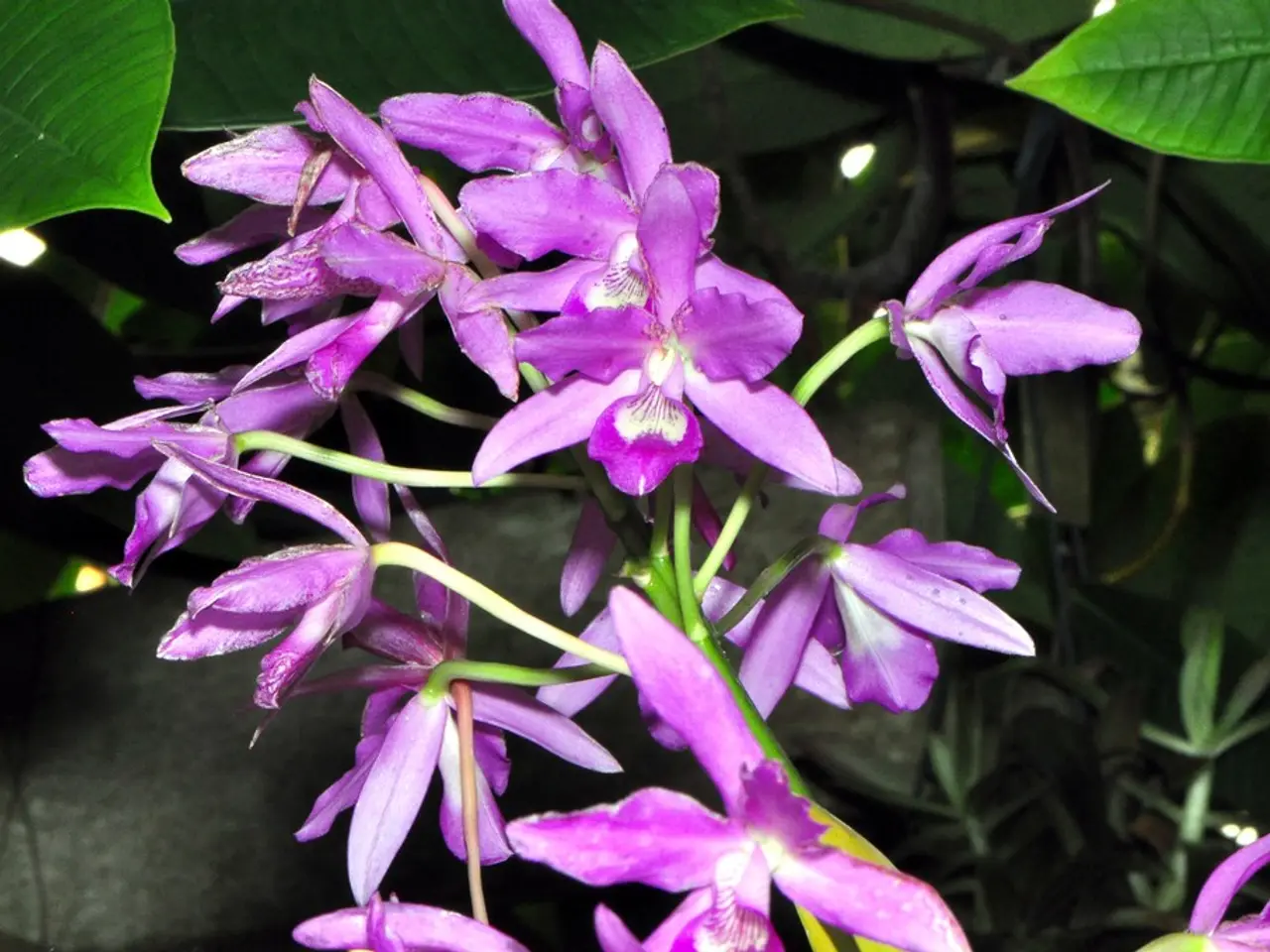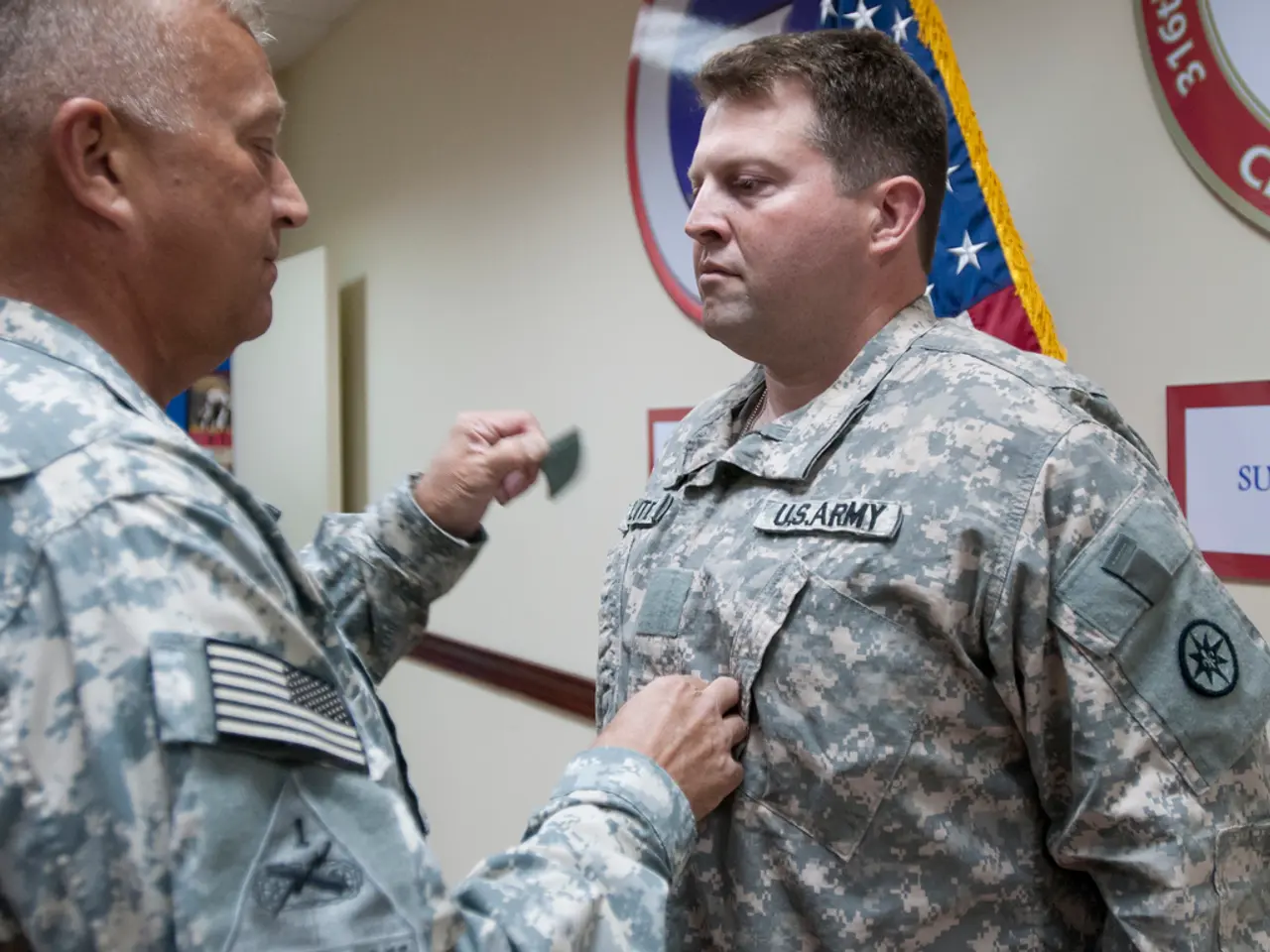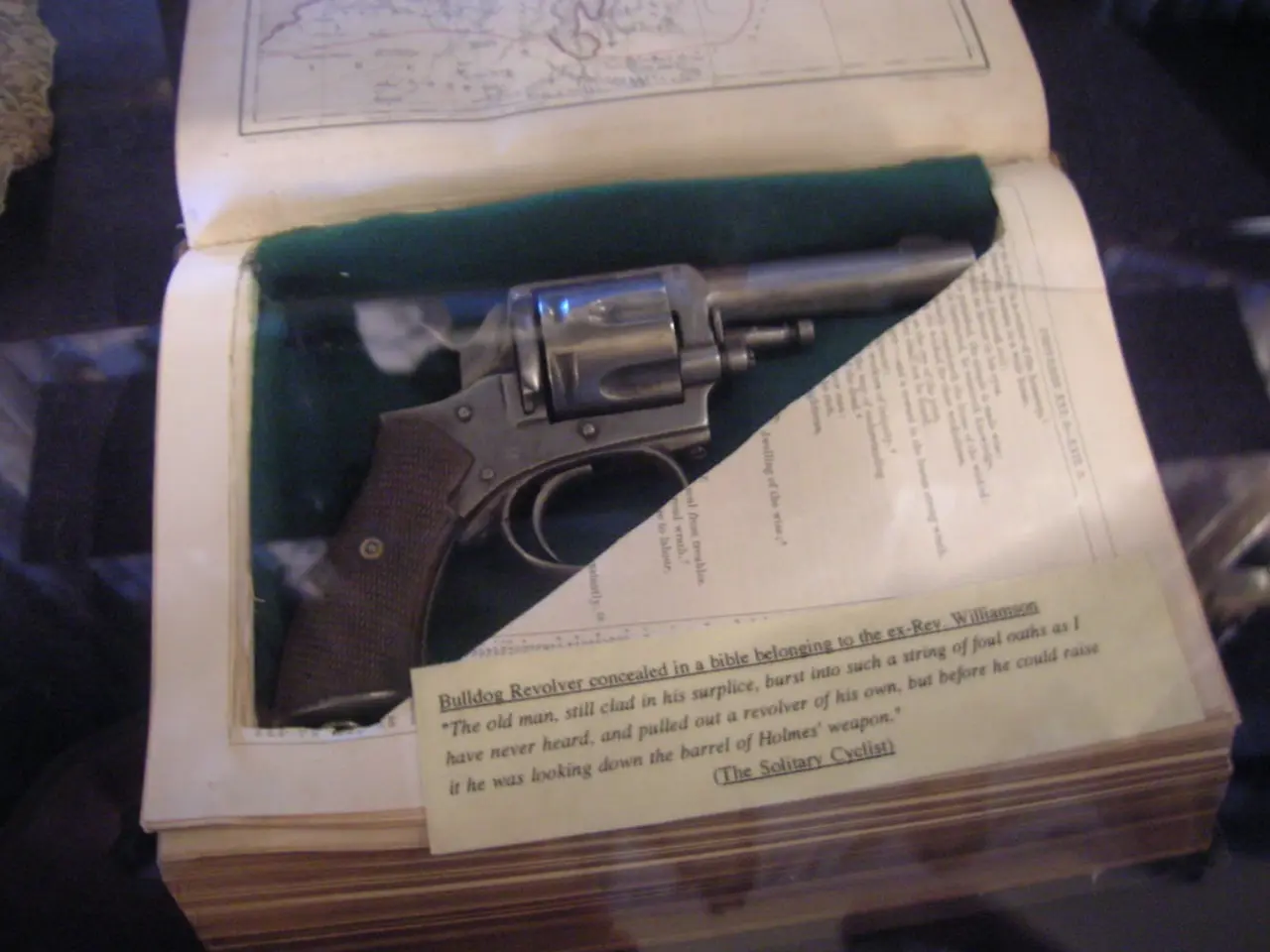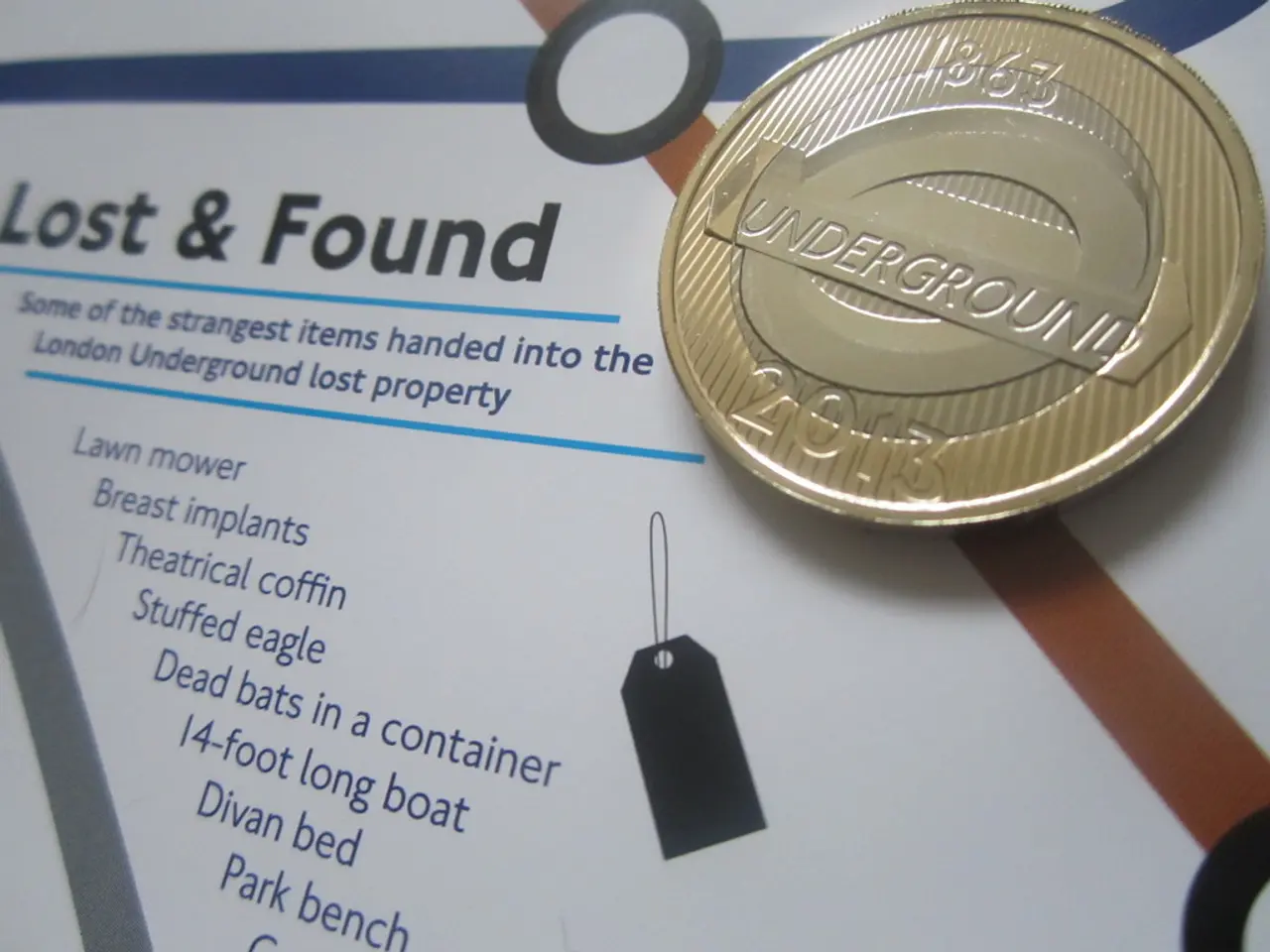The Battle Against Illicit Substances During Nixon and Reagan's Eras, and the Long-Lasting Legacy of Colonialism in Latin America
In the 1970s, under President Nixon's declaration of a "war on drugs", the United States launched a global policing apparatus and a hemispheric strategy of control, focusing on reducing drug supply entering the U.S. This initiative included extensive aid and cooperation with Latin American countries, especially Mexico and Colombia, to combat drug production and trafficking.
Initially, Latin American countries like Colombia did not play a major role in drug production until the 1970s. After political repression in Peru and Bolivia during the Southern Cone dictatorships, Colombia became a major cocaine producer, with cartels such as Medellín and Cali growing powerful in the 1980s and 1990s. U.S. anti-drug policy was often dual-purposed, overlapping with counterinsurgency against left-wing guerrillas like FARC, who were linked to drug trafficking. This overlap blurred the lines between drug control and political-military domination.
The U.S. approach to coca cultivation treated farmers as complicit in drug trafficking rather than as casualties of global inequality, deepening rural marginalization while empowering military elites and corrupt regimes. The real disorder was not native dysfunction but global inequality, with U.S. consumers driving the demand for drugs and profits flowing through transnational financial systems often beyond the reach of any farmer or mule.
Success in the drug war was measured by the volume of seizures, arrests, and destroyed crops, rewarding spectacle over substance. Operation Intercept in 1969 was a program of aggressive border surveillance aimed at halting the flow of Mexican marijuana into the United States, causing trade and travel to nearly standstill. These aerial herbicide campaigns often had devastating environmental consequences, contaminating water supplies, destroying food crops, and displacing rural populations.
Plan Colombia, often associated with later administrations, had precursors under Reagan, with aerial herbicide campaigns in the Andes aimed at eradicating coca crops through chemical defoliation. The drug war perpetuated a neocolonial logic in which Latin American land was subject to foreign purification campaigns and Latin American bodies were subject to foreign categories of guilt.
U.S. policymakers frequently described Latin American states as weak, corrupt, or incapable of governing their own territories, justifying intervention. Nixon's administration pressured foreign governments, like Mexico and Colombia, to adopt stricter narcotics laws and allowed U.S. agents to operate within foreign jurisdictions. Beyond drug policy, the U.S. engaged in direct political interventions to maintain influence over Latin America’s resources and governments.
In Mexico, the U.S. anti-drug effort prompted violent cartel confrontations and fragmentation. After the arrest of drug lord Félix Gallardo in 1989, drug trafficking territories were divided among emerging cartels, facilitating increased violence and paramilitary-style enforcement, such as with the Gulf Cartel's Los Zetas. The U.S.'s support for Mexican counter-narcotic operations—including billions in aid since the 1970s—has been a critical but controversial tool for imperial influence and drug market control.
Throughout Latin America, programs like Plan Colombia (early 2000s) delivered billions of U.S. dollars in military aid aimed at fighting drugs and insurgency but also securing geopolitical influence and access to natural resources. These initiatives gave the U.S. leverage over local governments, militaries, and economies—sometimes destabilizing regions while entrenching paramilitary violence.
Reagan's tenure solidified the operational machinery of the drug war, with the 1980s seeing the full militarization of anti-drug efforts and Latin America becoming a strategic arena for both narcotics interdiction and Cold War counterinsurgency. The "war on drugs" reanimated colonial exploitation under the guise of law enforcement and international cooperation, reproducing structures of control, hierarchy, and economic dependency in U.S.-Latin American relations.
The language of narcotics replaced that of civilization, but the script remained intact, reflecting an ideological persistence of empire. The Reagan administration framed drug trafficking as a national security threat, justifying unprecedented levels of foreign intervention. The history of U.S.-Latin American relations has been marked by a long-standing asymmetry of power and a cloak of liberty over policies of domination. The war on drugs offered a new justification for an old order, where sovereignty bends to power and justice serves the needs of the strong.
[1] Grayson, C. (2002). The war on drugs and U.S. imperialism in Latin America. Monthly Review, 54(6), 1–15. [2] Krause, P. R. (2009). A world at arms: Hegemony and the armaments industry, 1860–2000. Cambridge University Press. [3] PBS Frontline. (2000). The new drug warriors. Retrieved from https://www.pbs.org/wgbh/pages/frontline/shows/drugwar/ [4] Moisés, N. (2001). The United States and Mexico in the global economy. Monthly Review, 53(2), 1–16. [5] Petras, J. (2003). Empire or democracy: The consequences of U.S. intervention in Latin America. Monthly Review, 55(3), 1–20.
- The U.S. anti-drug policy, particularly during the 1970s under President Nixon, was not just about drug control but also overlapped with political agendas, as evidenced by the counterinsurgency against left-wing guerrillas that were linked to drug trafficking.
- Beyond drug policy, the U.S.'s engagement with Latin American countries, such as Mexico and Colombia, was not solely focused on drug interception but also extended to direct political interventions aimed at maintaining influence over Latin America’s resources and governments.
